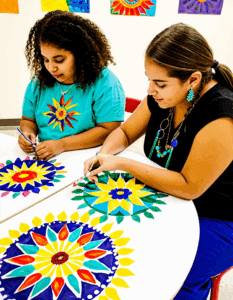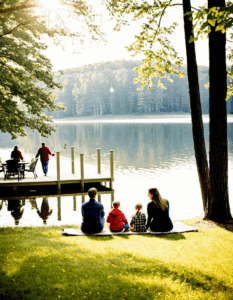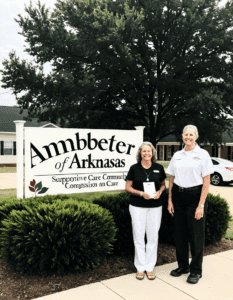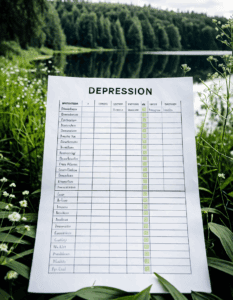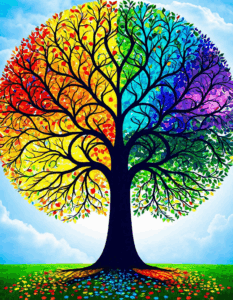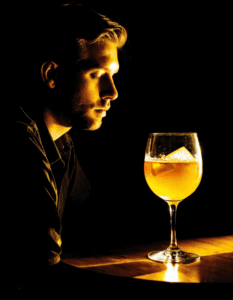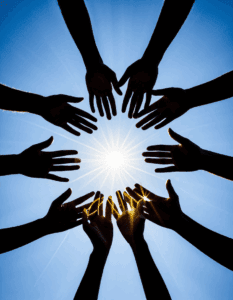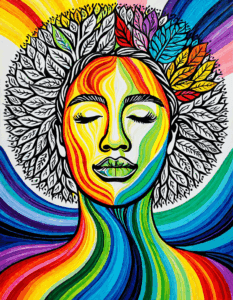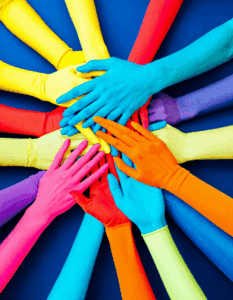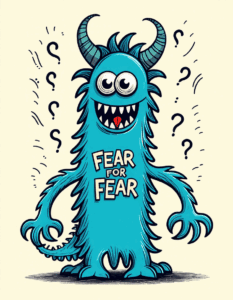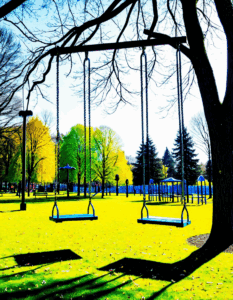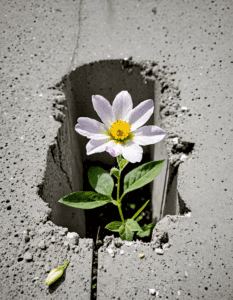Understanding Rehabilitation in 2024
Rehabilitation has evolved significantly over the years, integrating new scientific insights and holistic approaches. Now more than ever, understanding its multifaceted nature can help parents comprehend the depths and possibilities of contemporary recovery methods. It’s a journey that involves physical, mental, and cognitive restoration, aiming to help individuals reclaim their daily lives. Rehabilitation, rooted in the Latin words “re-” and “habitare,” essentially means making fit again. As parents, it’s crucial to grasp the life-changing potential that modern rehabilitation techniques offer for your child’s path to recovery.
The Science Behind Rehabilitation
Neuroplasticity and Recovery
Recent research highlights the extraordinary role of neuroplasticity—the brain’s ability to reorganize itself by forming new neural connections—in overcoming addiction. According to the Recovery Research Institute, using cognitive-behavioral therapies (CBT) in tandem with neuroplasticity can significantly boost long-term recovery outcomes. This scientific breakthrough reiterates how adaptable our brains are, even after enduring the harsh effects of addiction.
Personalized Medicine in Rehabilitation
In today’s world, personalized medicine stands at the forefront of rehabilitation. Publications like Jama psychiatry champion tailored treatment plans based on an individual’s genetic makeup. Imagine medications like Naltrexone or Buprenorphine becoming more effective, thanks to insights from pharmacogenomics. Customized treatment has shown promising results, bringing us closer to unlocking the full recovery potential.
| Aspect | Details |
| Definition | The action or process of rehabilitating or being rehabilitated. |
| Origins | From Latin: ‘re-‘ (again) and ‘habitare’ (make fit). |
| Purpose (General) | To restore, improve or maintain abilities required for daily life. These abilities can be physical, mental, and/or cognitive. |
| Causes of Impairment | Disease, injury, or side effects from medical treatments. |
| Types of Rehabilitation | 1. Occupational Therapy 2. Physical Therapy 3. Speech Therapy |
| Common Therapies | – Physical Therapy – Occupational Therapy – Speech Therapy – Cognitive and Behavioral Therapy – Recreational Therapy – Music Therapy |
| Goals | To help patients return to a healthy and active lifestyle. |
| Physical Rehabilitation | Involves therapeutic measures to restore sick or disabled persons to participation in normal life activities. |
| Mental/Cognitive Rehab | Focuses on restoring mental and cognitive abilities that may be impaired by injury or illness. |
| Occupational Therapy | Helps patients perform daily activities and work tasks more effectively. |
| Speech Therapy | Addresses speech, language, and communication problems, and swallowing disorders. |
| Cognitive and Behavioral Therapy | Focuses on improving mental health and coping strategies. |
| Recreational Therapy | Uses leisure activities to improve physical, mental, and emotional well-being. |
| Music Therapy | Utilizes music to address physical, emotional, cognitive, and social needs of individuals. |
| Outcomes | Improved quality of life, increased independence, and the ability to perform daily activities. |
| Challenges | Cost, access to services, and individual variations in recovery. |
Holistic Approaches in Modern Rehabilitation Centers
Integrative Health Practices
When considering rehabilitation, think beyond just treating the physical aspects of addiction. Modern centers like The Meadows in Arizona incorporate integrative health practices. These include traditional therapies alongside mindfulness, yoga, and acupuncture. By addressing the mind and spirit, these methods create a holistic loop of recovery, encompassing all facets of well-being.
Innovative Therapies: From Art to Animal-Assisted
Centers like Sierra Tucson are pioneers in employing unique therapeutic methods. Artistic therapies and animal-assisted approaches offer creative outlets for emotional expression and healing. Such methods are proving just as essential as conventional treatments, allowing individuals to explore their recovery journey through varied forms of therapeutic expression.
Success Stories: Real People, Real Recovery
Danny Trejo: From Addict to Advocate
Danny Trejo, the celebrated actor, exemplifies the transformative power of rehabilitation. His autobiography reveals how structured rehab, coupled with the support of Narcotics Anonymous, steered him toward sobriety. Trejo’s story stands as a testament to the effectiveness of comprehensive recovery programs.
Russell Brand: Comedy, Compassion, and Recovery
Russell Brand’s candid account of his addiction and recovery in his book, “Recovery: Freedom From Our Addictions,” underscores the multifaceted nature of successful rehabilitation. Through humor, meditation, and strong advocacy, Brand’s narrative illustrates how diverse approaches can foster long-term success and empower individuals to reclaim their lives.
Technological Advances Fueling Rehabilitation
Telehealth and Online Support Networks
The onset of the pandemic fast-tracked the integration of telehealth into the rehabilitation landscape. Platforms like Talkspace And Betterhelp have made therapy readily accessible, breaking geographical barriers and ensuring constant support. These innovative services have made recovery more sustainable by providing continuous, round-the-clock assistance.
Virtual Reality (VR) for Exposure Therapy
Cutting-edge technology like Virtual Reality (VR) is revolutionizing rehabilitation. Facilities such as the Virtual Reality medical center in San Diego are pioneering VR for exposure therapy. This allows for controlled therapeutic experiences, addressing triggers in a simulated environment, thereby reducing relapse risks in the real world.
Community and Family Involvement in Recovery
Family Therapy: Healing Together
Institutions like the Betty Ford Center emphasize the inclusion of family in the rehabilitation process. Studies by the National Institute on Drug Abuse (NIDA) highlight that family therapy plays a crucial role in improving recovery outcomes. Healing together fosters understanding, creates supportive environments, and strengthens recovery journeys.
Peer Support and Community Programs
Organizations such as SMART Recovery underscore the importance of peer support and community programs. These networks provide mutual care, shared experiences, and accountability. Such communal support is vital for maintaining sobriety and fostering a sustainable, holistic recovery environment.
Elevating Rehabilitation: A Collective Approach
In 2024, rehabilitation embodies a collective effort involving science, technology, holistic treatment, and community support. By embracing these multi-dimensional strategies, we can unlock the full recovery potential, not only for individuals but also for their families and society at large. Our continuous advancement and refinement of these methods bring us closer to transforming addiction treatment into a beacon of hope and renewal for everyone affected. Let’s make rehabilitation a journey of collective resilience, compassion, and unwavering support.
Rehabilitation: Unlocking Full Recovery Potential
Interesting Facts and Trivia About Rehabilitation
Did you know? The journey through rehabilitation isn’t just about overcoming addiction; it’s a profound voyage back to oneself. Pathways to recovery are incredibly varied and diverse. Some people find solace and strength in traditional therapies, while others might lean on emerging Pnc bank mortgage payment methodologies that integrate technological advancements. The world of rehabilitation is a blend of time-tested practices and innovative breakthroughs.
Moreover, the roots of modern rehabilitation can be traced back to ancient civilizations. For instance, ancient Egyptians employed therapeutic techniques that emphasized both physical and spiritual healing. Remarkably, certain rituals involved crafting an environment conducive to recovery, an idea that carries forward into pnc bank mortgage payment( today’s rehab centers, where the ambiance plays a critical role. This historical continuity serves as a testament to the age-old belief in the power of a nurturing setting in overcoming adversity.
Here’s another intriguing tidbit: rehabilitation programs often encompass creative therapies such as music and art therapy. These approaches can unlock emotional expression and facilitate deeper healing processes. Imagine the liberation of expressing complex emotions through a brushstroke or a melody! Such practices remind us that recovery isn’t strictly clinical – it’s profoundly human and creative, tapping into facets of the human experience that pnc bank mortgage payment( purely medical approaches might miss.
As we delve into these captivating aspects of rehabilitation, it’s clear that the field is one of perpetual growth and astonishing diversity. Each new method or rediscovered ancient practice adds another layer to the rich tapestry of recovery, underscoring that the journey to full potential is as unique as each individual it supports. This dynamic interplay of history, creativity, and innovation is what makes rehabilitation so compelling and effective.
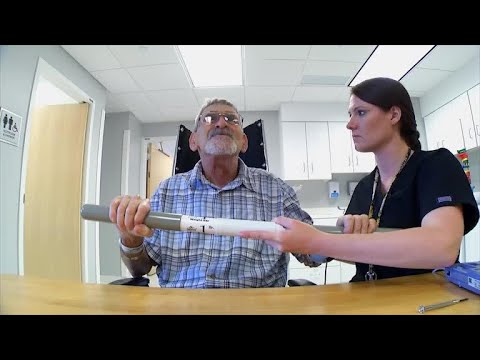
What is the meaning of rehabilitation?
Rehabilitation is about getting back to where you can do the daily things that matter. It could mean working on physical, mental, or cognitive skills through different types of therapies.
What does it mean when someone is in rehabilitation?
When someone is in rehab, they’re in a program to help them recover those lost abilities so they can return to their normal routine or at least manage better in daily life.
What are the three types of rehabilitation?
There are three main types of rehab therapy: occupational, which helps you with daily tasks; physical, which focuses on improving your physical abilities; and speech therapy, which helps with communication and swallowing.
Which is an example of rehabilitation?
An example of rehab could be a person relearning to walk after a serious injury with the help of a physical therapist.
How do you explain rehabilitation?
Rehabilitation means a lot of different things, but at its core, it’s about helping people regain their abilities and independence through targeted therapies and support.
What does rehabilitation involve?
Rehabilitation involves a variety of therapies and support systems to restore physical, mental, or cognitive abilities. This can include exercises, activities, and treatments designed by healthcare professionals.
Why do patients go to rehab?
People go to rehab to recover from serious injuries, illnesses, surgeries, or issues like addiction. The goal is to help them regain independence and improve their quality of life.
Is rehabilitation a good thing?
Rehabilitation is definitely a good thing if it helps you get better or manage daily activities more effectively. It can improve both physical and mental health.
What is a rehabilitation person called?
A person who provides rehabilitation services can be called a therapist, such as a physical therapist, occupational therapist, or speech therapist.
How do you rehabilitate?
To rehabilitate, one would follow a structured plan involving specific therapies and exercises tailored to address their particular needs and conditions.
What is the most difficult part of the rehabilitation?
The most difficult part of rehab is often staying motivated and consistent with the treatment plan, especially when progress feels slow.
What are the 5 stages of rehabilitation?
The five stages of rehabilitation generally include initial assessment, setting goals, doing the therapy or treatment, reassessment to check progress, and finally maintenance to keep up the gains made.
What best describes rehabilitation?
Rehabilitation can be described as the process of helping someone return to a healthy, active lifestyle through specialized therapies and interventions.
What is the problem of rehabilitation?
The problem with rehabilitation can sometimes be the time and effort it takes to see results, which can be frustrating for both patients and caregivers.
What type of punishment is rehabilitation?
Rehabilitation as a form of punishment involves helping offenders change their behavior and reintegrate into society rather than just serving time.
What does rehabilitate mean?
To rehabilitate means to restore someone to health or normal life through training and therapy after imprisonment, addiction, or illness.
What is another word for rehabilitation?
Another word for rehabilitation could be recovery or restoration.
What is a rehabilitation person called?
A rehabilitation person could be referred to as a therapist, depending on their specialty, like physical, occupational, or speech therapist.
What is another meaning for rehabilitate?
Another meaning for rehabilitate is to restore something that’s fallen into disrepair back to a useful or better state.



